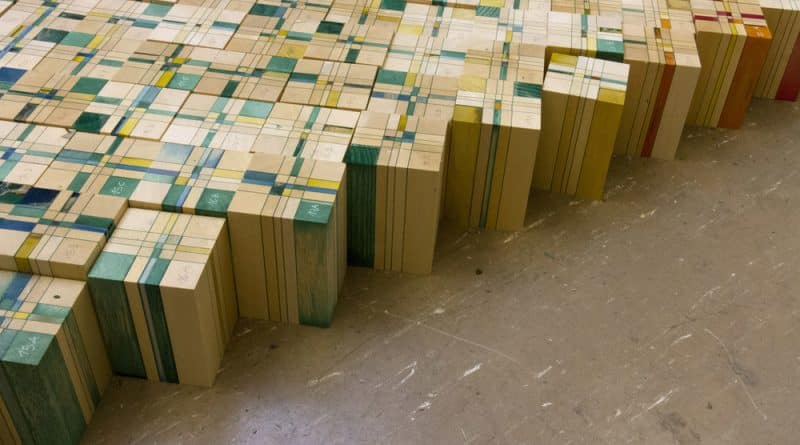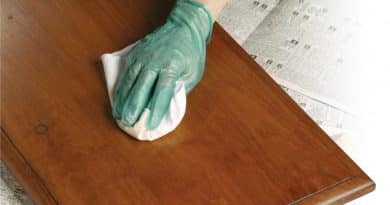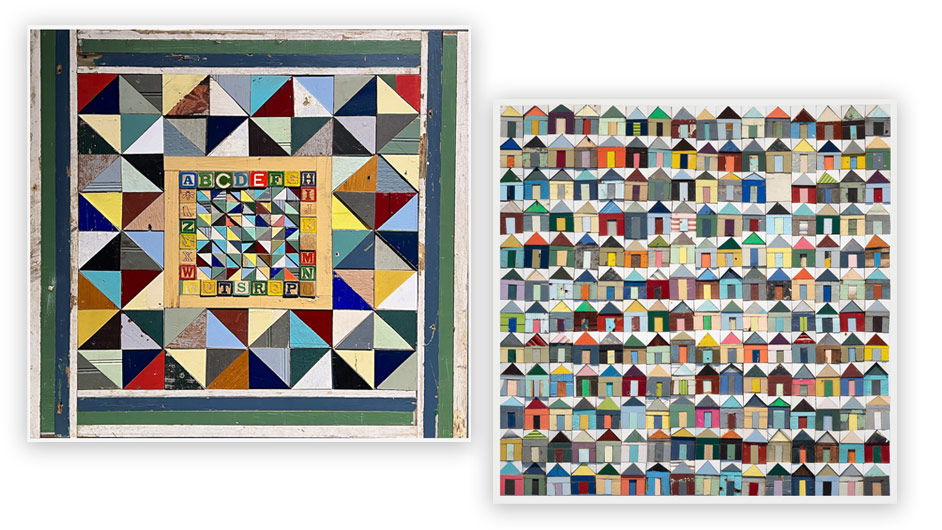Woodworking With Jarrah
One of Australia’s finest and most versatile timbers, Jarrah, a native of southwest Australia has been used since European settlement for a wide range of woodworking products. While Jarrah is hard, strong, and easy to work with, woodworkers have found a few challenges that the wood presents, and need to know how these can be overcome.
Unlike other Australian wood such as blackwood or Queensland walnut, Jarrah has no appreciable silica content, so cutting blades do not wear out excessively from abrasion. The cutting blades however do tend to chip or crumble because of Jarrah’s hardness.
For cutting Jarrah, it is advisable to use a well-tuned spokeshave or hand plane. You may use a high 30° bevel on the blade and keep it sharp. A well-tuned card scraper also works perfectly and an experienced woodworker can get a beautiful ‘off-the-tool finish”.
Jarrah as a species shows a broad range of color variation over the length of a board. This can go from spotted dark at one end to a clear light pink at the other. Many large woodworking companies get over this challenge by putting a color wash over the Jarrah to even out the differences and using a lacquer finish to dull the reds and yellows. To ensure the best color match ensure using the same source of supply as this increases the likelihood of the boards coming from the same tree in a sequence for a better color match.
Woodworkers should also be aware that Jarrah has a distinctive grain, and must be matched for grain type as well as color. It is easy to fall into the trap of having two boards of the right color but the wrong grain. This occurrence can be exaggerated if backsawn and quartersawn boards are liberally mixed in a pack. A good idea when new stock is received is to lightly skim the best face over the planer and write a code on the end grain. The boards can then be stacked according to whether they are quartersawn or backsawn.
Most woodworkers are aware that Jarrah reacts very badly to direct sunlight and becomes powdery yellow when exposed to strong light. Jarrah furniture should get only diffused natural light and is good for bedroom furniture. Woodworkers should also exercise caution with lacquering, as lacquer appears to hasten discoloration and makes fixing discoloration even worse.
With joinery, woodworkers should not make the joints too tight. Jarrah does not compress the same way as softer woods. For instance in a mortise tenon with tight tenon cheeks, if the joint is forced together, the mortise will split along the grain above and below to accommodate the tenon. Woodworkers who make furniture such as chairs with small component section sizes in particular find this difficult.
Careful color matching, covering work between sessions, fitting the joinery correctly, and using a few extra coats of finish are some ways that woodworkers can overcome the challenges of working with Jarrah. Ensuring these are carefully considered, working with Jarrah is an experience that few other kinds of wood can offer.




